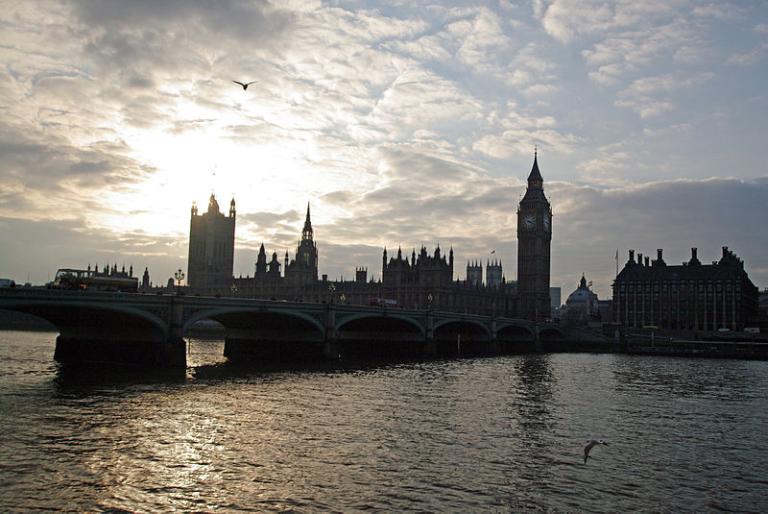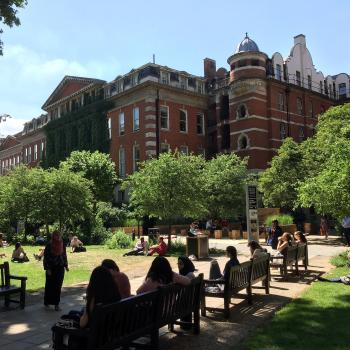
I continue to read Erasing Death: The Science That is Rewriting the Boundaries Between Life and Death, by the Anglo-American specialist on cardiac-arrest resuscitation Sam Parnia, M.D., Ph.D. Dr. Parnia is a former fellow in critical care medicine at the Weill Cornell Medical Center in New York City, and he was an assistant professor of critical care medicine at the State University of New York and its director of resuscitation research when this book was published in 2013.
Dr. Parnia summarizes an account that I well recall reading when it originally appeared in the Lancet, a weekly peer-reviewed general medical journal. Founded in England in 1823 and now with editorial offices in London, New York, and Beijing, the Lancet is generally considered one of the top two or three general medical journals in the world.
In one case, reported as part of a large scientific study published in the Lancet, a prestigious medical journal, Dutch cardiologist Pim van Lommel, who has done extensive research into NDEs, described the account of a patient who had awareness and mental and cognitive function during a cardiac arrest in the hospital where he worked. As colleagues began resuscitation efforts, they also set about inserting a breathing tube through the man’s mouth. As the man’s jaws were parted to permit the introduction of a breathing tube, his upper teeth came loose. He had dentures. The nurse removed them quickly and continued her work. After ninety minutes of steady effort, the man’s heartbeat was restored, and he was sufficiently stabilized.
A week later, the man was transferred from intensive care to the cardiac ward, and the nurse who attended him during surgery saw him again for the first time since his recovery. The nurse was entering his room to administer medication and had no intention of revealing that she had been present at his resuscitation. But the patient, incredibly, recognized her. This was surprising enough. He had been unconscious the entire time she was in his room in intensive care — in a coma, in fact, as a result of the lack of blood flow from his stopped heart. But then the patient told the nurse that he had seen her remove his dentures. In all, the patient described the cardiac arrest cart beside his unconscious body, the drawer she had hurriedly tossed his dentures inside, and the small room where he had been resuscitated.
Van Lommel subsequently performed his own investigation, and he was admittedly slack jawed at the patient’s inexplicable recall of these details. The man told van Lommel: “I was floating up near the ceiling, and I was trying to let everyone know I was still alive because I was afraid they were going to stop trying to resuscitate me.” For a long time, van Lommel did not believe in such experiences, but testimonials like this one helped convince him they were real.












